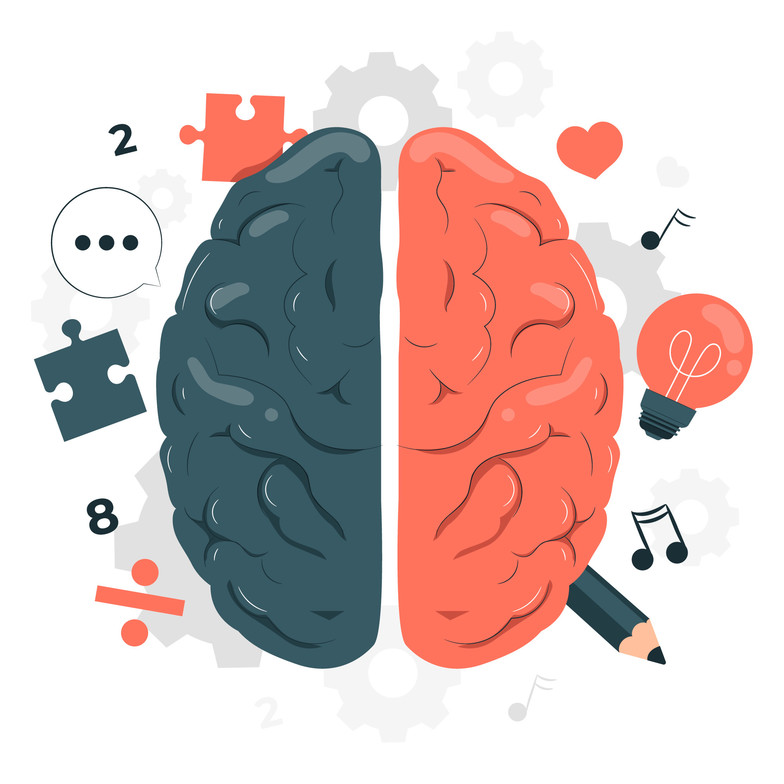
In his influential work, Daniel Siegel delves into the intricate relationship between our Right Brain and Left Brain, emphasizing the importance of their seamless collaboration. But what exactly are these two sides of our brain, and why is understanding their interplay crucial for effective parenting?
The Right Brain: This hemisphere is non-verbal, adept at grasping context and seeing the big picture. It excels in sensing emotions and operates in a non-linear fashion.
The Left Brain: In contrast, the Left Brain is our logical, literal, and orderly side. It focuses on details, structure, and rational thinking.
Siegel advocates for a balanced approach that integrates both hemispheres. When we engage both our Right and Left Brains, we can address our children's needs more comprehensively and empathetically.
Consider how you typically respond when your child is upset. Do you rely more on your Left Brain, offering logical reassurance such as, "Don’t worry, there’s nothing to be afraid of"? Or do you engage your Right Brain, providing emotional support with comforting gestures and empathetic language? Often, our response may vary depending on the situation.
As parents, it's vital to connect with our children using the side of the brain that aligns with their emotional state. This approach involves two key steps:
First, Connect with the Right Brain:
- Acknowledge Feelings: Begin by recognizing and validating your child's emotions. Use phrases like “I can see that you’re really upset” to show that you understand their feelings. This helps them feel heard and supported.
- Physical Touch: Physical gestures like hugs, gentle touches, or holding hands can provide comfort and reassurance. These actions help to regulate their emotional state and convey empathy.
- Empathetic Facial Expressions: Your facial expressions can communicate understanding and care. A warm, concerned look can make your child feel more secure and valued.
- Nurturing Tone of Voice: Speak in a calm and soothing tone to help your child feel safe and cared for. Your voice can have a calming effect and help to de-escalate emotional intensity.
Then, Connect with the Left Brain:
- Problem-Solving: Once your child has calmed down, engage in logical problem-solving. Help them break down the issue and explore practical solutions. For example, if they’re upset about a school project, discuss how to tackle it step-by-step.
- Clarify Instructions: Offer clear and structured guidance on how to address the problem or improve the situation. This can involve setting up a plan or providing specific steps to follow.
- Teach Coping Strategies: Use this time to teach and reinforce coping strategies or problem-solving skills. This helps your child learn how to manage similar situations in the future.
- Encourage Reflection: Encourage your child to reflect on what happened and how they felt. This helps them understand their emotions better and learn from the experience.
By blending both hemispheres of the brain, parents can more effectively support their children’s emotional and practical needs, fostering a more balanced and empathetic approach to parenting
Image: storyset by FreePik

Amie Staniloff
Contact Me


